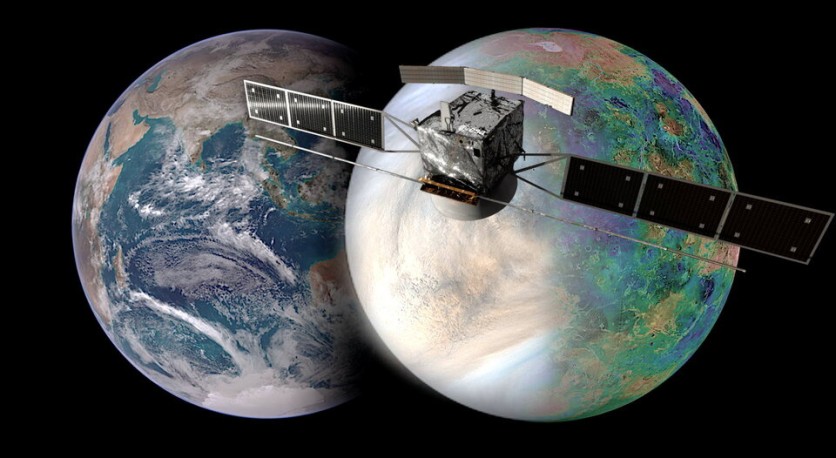The aerobraking operation that will be required for Europe's upcoming Venus exploration mission will be difficult and will surely push the spacecraft's materials' thermal resilience to the limit, according to Space.com's report.

EnVision's Mission To Hot Venus
The EnVision mission, which is planned for its debut in the early 2030s, will investigate Venus' geology and atmosphere.
Venus is an extremely hot planet that, at one time, may have resembled Earth quite closely but has since undergone a runaway greenhouse effect that has turned it into a hell-like planet.
The European Space Agency (ESA) stated that it will take thousands of flights through Venus' thick atmosphere over two years to reach EnVision to its intended orbit, which is 310 miles (500 kilometers) over Venus' surface, which is hot enough to melt lead, according to Space.com.
The spacecraft is only equivalent to the size of a van, and it is set to take off on Europe's upcoming Ariane 6 rocket. Space.com noted that it wouldn't have enough fuel to use its internal propulsion to slow down in Venus' orbit.
Hence, the aircraft will employ aerobraking and travel in an extremely elliptical orbit, which will take it periodically as close as 80 miles (130 km) to Venus' surface at its closest approach and as far away as 155,000 miles (250,000 km) from the planet at its furthest.
ESA's History of Aerobraking
Before entering its research orbit around Mars, ESA previously utilized aerobraking to slow down the ExoMars Trace Gas Orbiter. As a result of Mars' lower gravity and thinner atmosphere compared to Venus, the orbiting spacecraft moves more slowly.
The spacecraft's heat-related damage wasn't a concern for the spacecraft's controllers because Venus Express was already nearing the end of its mission. Meanwhile, EnVision will be required to spend at least four years exploring Venus.
For EnVision to withstand harsh conditions, engineers are already hard at work determining the best materials. Additionally, the spacecraft will have to bear high concentrations of reactive atomic oxygen.
Atomic oxygen, which only consists of one oxygen atom, is a type of oxygen found in the upper layers of the Earth's atmosphere, according to Space.com.
Thermal blankets were burned on a number of NASA space shuttle missions in the 1980s by atomic oxygen, which is the bane of all low Earth orbit spacecraft.
In the top layers of Venus' atmosphere, atomic oxygen is found in concentrations comparable to those found around Earth based on observations made by earlier Venus missions.
ESA is still testing various materials to see if they can withstand the heat and atomic oxygen concentration present during EnVision's aerobraking. The agency said it might choose some candidate materials by the end of the year.
Related Article : 'Largest Canyon in The Solar System:' ESA's Mars Express Snaps Stunning Views of Mars's Grand Canyon
This article is owned by Tech Times
Written by Joaquin Victor Tacla




